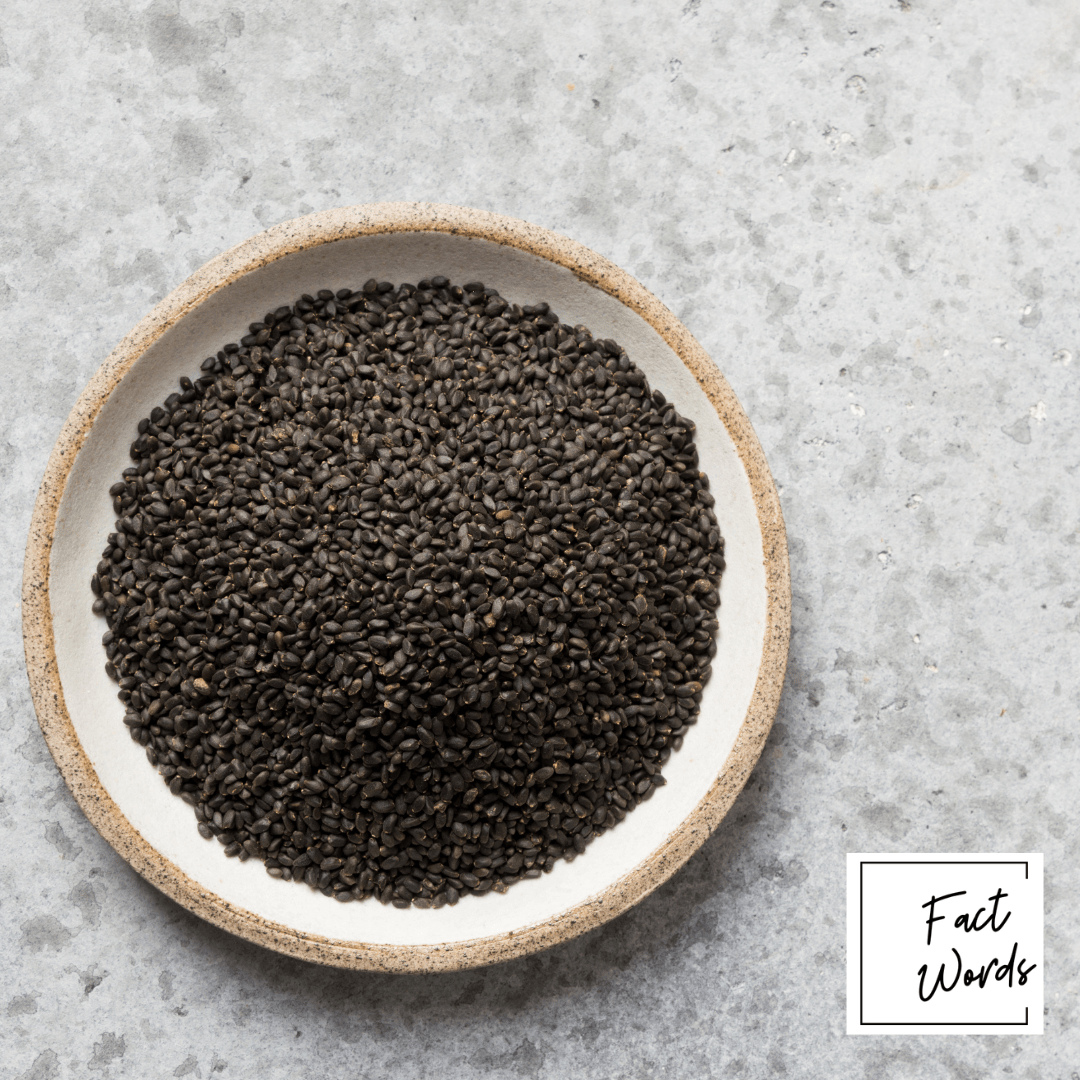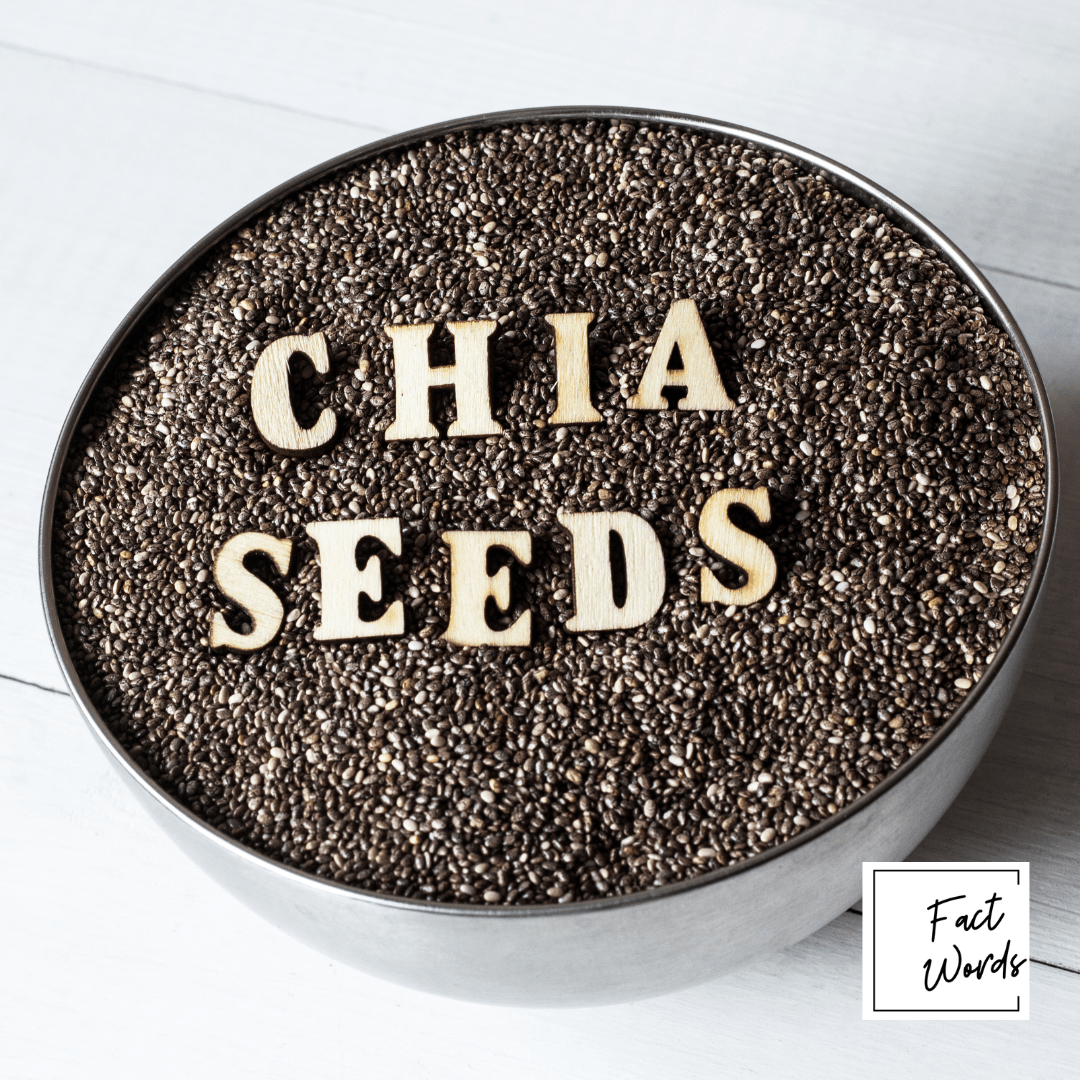Are Chia Seeds And Sabja Seeds Same?
When it comes to natural superfoods, Chia seeds and Sabja seeds often find themselves in the spotlight. Most People asked are Chia seeds and Sabja seeds same? The answer is yes, both are different from each other with different nutritional values. They may look quite similar, but these tiny seeds have distinct differences and unique benefits. In this article, we’ll explore what sets chia seeds and sabja seeds apart, their benefits, and how you can add them to your daily diet.
Sabja seeds are also commonly known as basil seeds, tulsi plant seeds, or tukmaria seeds. However, their appearances are so similar that people often struggle to distinguish between them. Since ancient times, people have used both seeds, with the Indians using basil seeds in Ayurvedic treatment and the Chinese frequently using chia seeds in treatment.


5 Common Chia Seeds vs Sabja Seeds Benefits
- High Fiber
Chia seeds and sabja seeds same in contain high-quality fiber. If you consume 1 tbsp of chia seeds and Sabja seeds, they will complete your fiber requirements for the day. They both are plant-based produce and well-knowingly included in vegan food. - Omega-3 Rich
Both seeds are rich in Omega-3, which is the best option for vegetarians. Major vegetarians often take omega-3 supplements to meet their daily requirements, but if you consume Chia or Sabja seeds regularly, you can eliminate the need for these supplements.
Chia and Sabja (basil) seeds are best consumed in the morning, either on an empty stomach or when incorporated into meals or drinks. - Weight ManagementChia and sabja seeds help in weight loss as both are fiber-based products, which means your stomach should always feel full after consuming it in the morning. Studies have shown that chia seeds often aid in weight loss.
- A Healthy Heart
Both seeds are rich in minerals and loaded with nutrients such as fiber, omega-3, and antioxidants, which help to maintain your cholesterol level and also indicate a healthy heart. - Maintain Bone Density
Both seeds help to maintain bone density as they are rich in calcium, magnesium, and phosphorus. As per research, 1 tbsp is enough for daily calcium requirements. Chia seeds and Sabja seeds are the same powerhouse product, which can be used daily.
Chia Seeds vs. Sabja Seeds: Key Differences
Though chia seeds and sabja seeds share some similarities, they have minor differences between them :
- Origin and Plant Family: Chia seeds come from the Salvia hispanica plant, while sabja seeds come from the Ocimum basilicum plant
. - Appearance: Chia seeds are typically oval and come in black or white, whereas sabja seeds are black and more round.
- Soaking Properties: Both seeds can absorb liquid and swell up, but sabja seeds absorb faster and form a jelly coating more quickly than chia seeds.
- Nutritional Profile: While both seeds are nutritious, chia seeds are higher in omega-3 fatty acids, and sabja seeds have a stronger cooling effect.
How to Choose Between Chia and Sabja Seeds
When deciding which seed to use, consider your dietary needs and preferences:
- For Omega-3 Fatty Acids: If you’re looking to boost your omega-3 intake, chia seeds are a better choice.
- For Cooling Properties: If you need a cooling effect, especially in hot weather, opt for sabja seeds.
- For Quick Preparation: Sabja seeds soak faster and are ready in minutes, making them a quick addition to your drink or dish.
- For Versatility: Both seeds can be used in various recipes, but chia seeds may offer more versatility due to their neutral flavor and texture.
Now let’s discuss the nutritional value in 1 tbsp of chia and basil seeds, which is nearly 12-13 grams.
| Nutrition | Chia Seeds | Sabja/Basil Seeds |
| Protein | 3 grams | 2 grams |
| Calories | 50 -58 grams | 50 -58 grams |
| Omega 3 | 2500-2800 mg | 1000-1200 mg |
| Fibre | 4 -5 grams | 6 -7 grams |
| Carbohydrates | 4 grams | 6 grams |
What are the benefits of eating chia seeds?
Chia seeds is powerhouse seed as it contain high fiber , calcium , omega 3 and other nutritional aspects . They also help in weight management and keep heart healthy as it control bad cholesterol
What are basil seeds called in India?
Tulsi or Sabja seeds
Basil seeds in india also known as tulsi ke beej and Sabja seeds, it's similar appearances as black sesame seeds and it complete powerhouse of nutrition and suitable to consume on daily basis
How to consume Sabja seeds and chia seeds?
Both the seeds can be consume in different form , it was advisable to consume any one at a day otherwise you might feel bloating stomach. Sabja/Basil seeds can be consume after you soak it water for 1 hour. It can used in Drinks like shake. Chia seeds can directly consume with Meal or salad too
What is the best time to eat sabja seeds and Chia seeds ?
Best time to consume Sabja/Basil seeds and Chia seeds is early morning , as both them need plenty of water to digest , so better if you consume in morning else you might feel some side effects
Conclusion
Are Chia seeds and Sabja seeds same ? Yes only in appearance, both having similar nutrition values and a healthy source for all essential daily nutrients.Consuming chia and basil seeds in the morning can help maintain a healthy lifetstyle, as they are rich in minerals and nutrients. Additionally, they help maintain bone density by providing calcium, magnesium, and phosphorous.
Overall a person should always consume Chia seeds and Sabja seeds on daily basis or consider experimenting with both seeds to discover which one suits their palate and health goals best.
